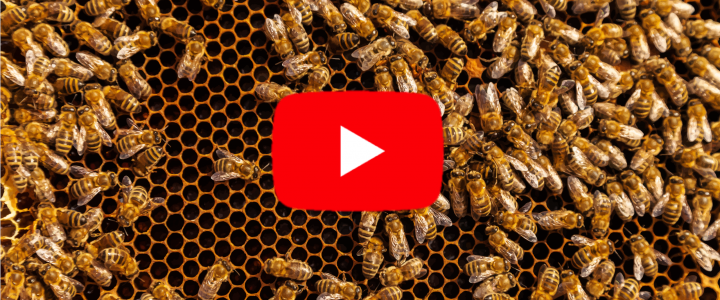
During normal conditions in the Pacific Ocean, trade winds (the prevailing easterly wind which blows along the equator) take warm water from South America to Asia. This movement of air is called the Walker Circulation, and it’s where air travels across the Pacific Ocean and rises when it gets to Indonesia. Then the air heads back across the Pacific before descending upon Central America, completing the cycle. This is the neutral phase — it is what happens most of the time. At ocean level, the Walker Circulation starts a process called upwelling, where cooler water is cycled up from the depths of the ocean to nearer the surface.
These conditions, however, are changed by El Niño and La Niña, which are two opposing climate patterns. Although they occur in the Pacific Ocean they impact the global climate. They each last between 9 and 12 months usually, though it’s not uncommon for La Niña to last several years. They will most often occur every 2-7 years, but without a regular schedule. El Niño tends to come around more often than La Niña. The phenomenon of these systems is called the El Niño-Southern Oscillation, or ENSO, cycle. Both will see changes in ocean temperatures, currents, jet streams, storms like cyclones and even marine life.
Learn more in the latest video from the Hive!


